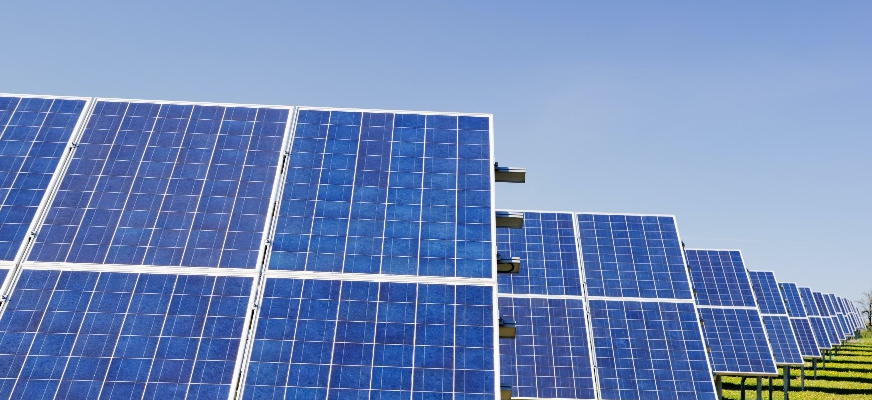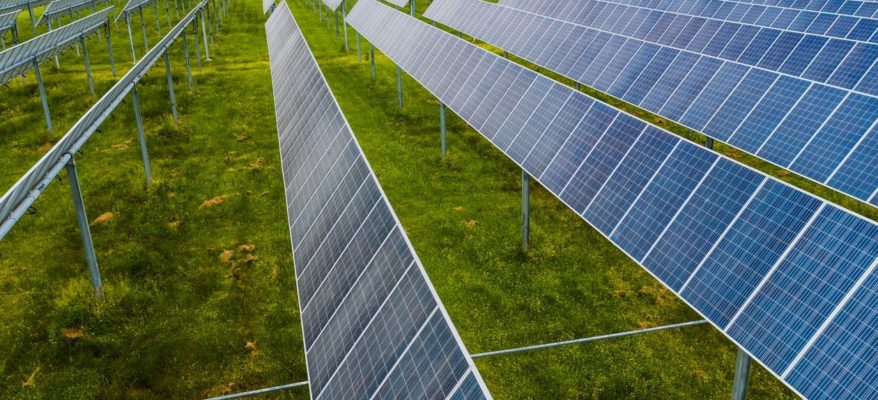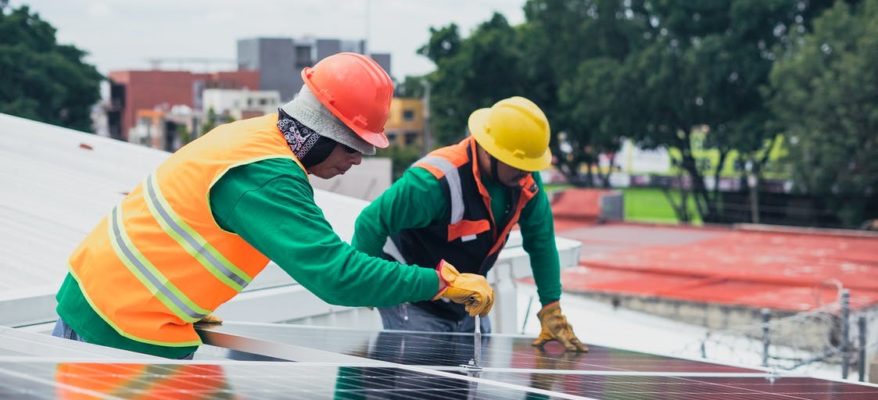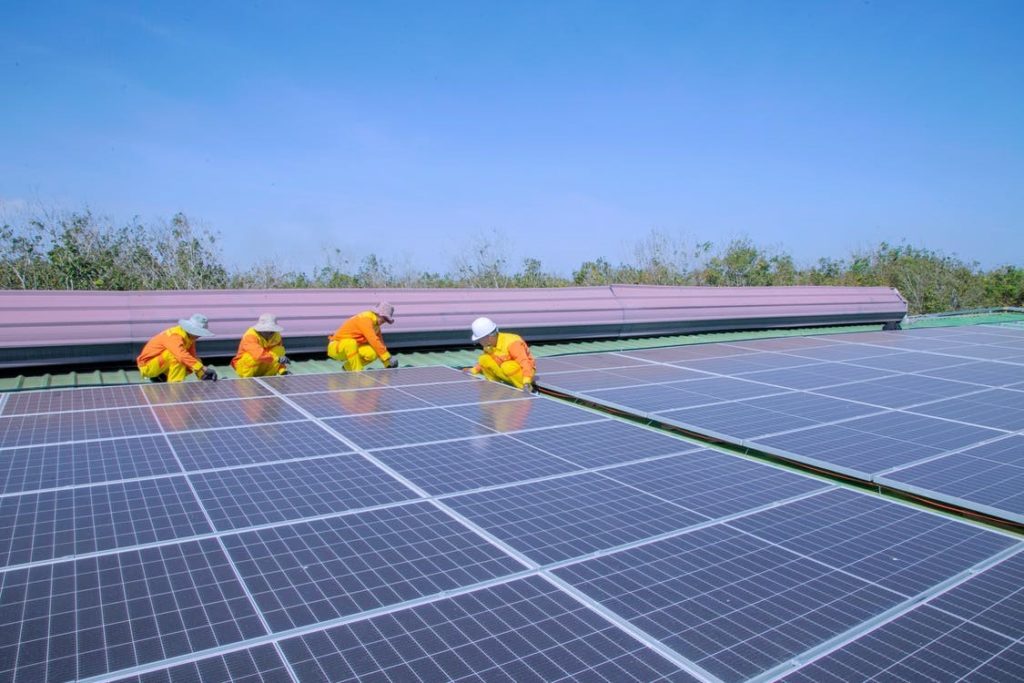Many public housing communities in various parts of the USA either do not have access to Clean energy, or their costs exceed the budget available to them. In such situations, it becomes necessary to provide them with renewable energy by utilizing the Federal and State grants and incentives available to solar developers to serve such residential customers. Not only is it a cheaper alternative to many conventional means in the long run, but it also creates a self-sufficient environment that can help areas thrive.
Low-income communities tend to benefit the most from these. Here are some ways they can benefit from them:
Solar Energy
Solar energy can be converted into electric energy using photovoltaic panels. The process is fairly optimal and is one of the most environmentally clean solutions for renewable energy. The go-to solution for powering various components and lighting up low-income communities is solar energy produced at Privately owned and financed Community solar farms.

With an extensive enough setup, larger areas can easily be accommodated with enough energy for comfortable residence and communal development in low-income areas. Working with a professional team with adequate experience can help with maximum yield and efficient installation.
Energy Efficient Lighting
One of the most basic solutions to improve the state of renewable energy is to conserve the energy already available. Energy-efficient lighting provides significant savings, consuming around 10% of the energy that incandescent bulbs take up. They also last fairly longer due to less heat production and more reliable, modern components.
Using better LEDs and smart controls is a great way of promoting the use of renewable energy and instilling a proper behavioral change in the concept.
Solar Thermal Water Heaters
Another great use of solar energy is to use of solar thermal water heaters. They’re an excellent way of reducing the need for other means to heat water, transferring heat from the sun to heat the water in communities. They’re mounted on the roof and are connected to a control unit and a water tank.
Heat falls on the collector, aka the solar panel, which then gets transferred to the water. All of the hot water is stored in an appropriate tank to be used later on.
Larsen Engineers is a Rochester-based business. We offer climate smart green designs for LEED-certification municipal engineering services, anaerobic digestion design services, structural engineering services, construction phase services, consulting engineering services, and civil and environmental engineering to our clients.
Our climate-smart community planning consultants are focused on helping out communities and sparking change for a better future. Get in touch with us today.





